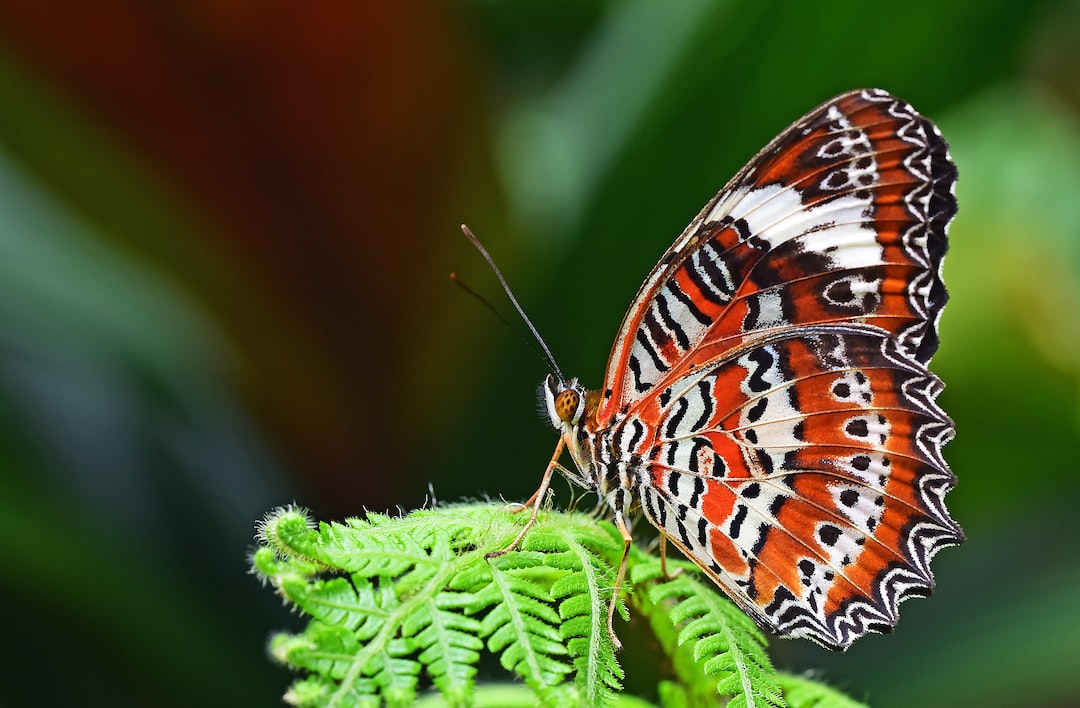The Importance of Spaying and Neutering Your Pets
As pet owners, we have a responsibility to ensure the well-being and health of our beloved furry friends. One crucial aspect of pet care that often goes overlooked is the importance of spaying and neutering. Spaying and neutering are surgical procedures that sterilize pets, preventing them from reproducing. While some may underestimate the significance of these procedures, there are numerous reasons why spaying and neutering your pets is vital.
Firstly, spaying and neutering significantly reduce the pet overpopulation crisis. Stray and feral animals are a common sight in many towns and cities around the world. These animals often suffer from hunger, diseases, and dangers such as traffic accidents and abuse. By spaying and neutering our own pets, we can help prevent the birth of unwanted litters and ultimately reduce the number of stray animals on our streets. This, in turn, leads to a decrease in the strain on already overcrowded animal shelters, allowing these organizations to better care for the existing animals in need.
Moreover, spaying and neutering provide numerous health benefits for our pets. Female pets that are spayed before their first heat cycle have a significantly lower risk of developing mammary gland tumors and uterine infections. These conditions can be painful, require expensive treatments, and sometimes have fatal outcomes. Similarly, neutering male pets reduces the likelihood of testicular cancer and prostate problems, which can also be life-threatening. By spaying and neutering our pets, we are promoting their long-term health and reducing the risk of potentially life-threatening diseases.
Another essential reason to consider spaying and neutering is the positive impact it can have on your pet’s behavior. Unfixed animals often exhibit aggression, escape attempts, and marking behaviors. These behaviors can be challenging to manage and may lead to unwanted confrontations with other animals or even humans. By removing the reproductive hormones through spaying and neutering, these unwanted behaviors are often significantly reduced or eliminated entirely. This results in a calmer, more manageable pet who can better integrate into your family and community.
Additionally, spaying and neutering can improve the overall quality of life for both pets and their owners. Intact pets can display behaviors such as incessant crying, restlessness, and an overwhelming desire to find a mate, especially during the breeding season. By spaying and neutering our pets, we are allowing them to live a more peaceful and content life, free from the intense biological urges that can cause stress and anxiety.
It is also worth mentioning that spaying and neutering is a cost-effective choice in the long run. While the initial cost of the procedure may seem daunting, it is a one-time investment that can save you significant expenses down the line. The cost of caring for an unplanned litter of puppies or kittens, including vaccinations, food, and veterinary care, can quickly add up. By opting to spay or neuter your pet, you can avoid these unexpected financial burdens and instead allocate your resources towards providing the best care for your existing pet.
Lastly, spaying and neutering contribute to a safer and more harmonious community. Unwanted litters often end up being abandoned or surrendered to shelters, placing an additional burden on the already limited resources of these organizations. Stray animals can cause damage to property, spread diseases, and potentially harm wildlife. By preventing the birth of unwanted litters, spaying and neutering help create a safer environment for both humans and animals alike.
In conclusion, spaying and neutering our pets is an essential responsibility that all pet owners should prioritize. By doing so, we can contribute to reducing the pet overpopulation crisis, promote the long-term health of our pets, improve their behavior, enhance their quality of life, save money, and create safer communities. It is crucial to consult with your veterinarian about the appropriate timing for this procedure, as it may vary depending on the species, breed, and age of your pet. Let’s do our part in being responsible pet owners and making a positive impact on the world around us by spaying and neutering our furry companions.

